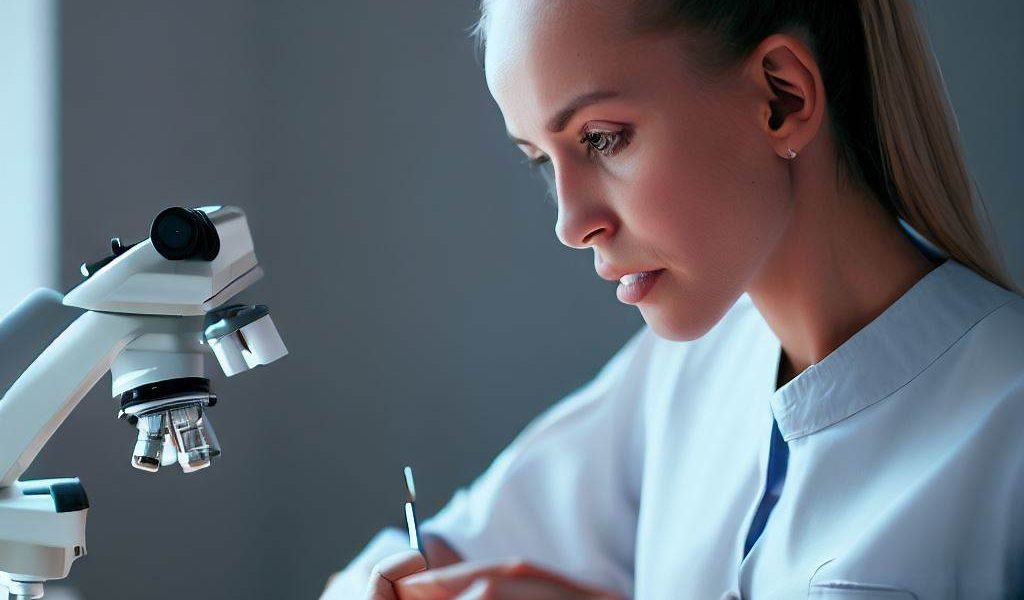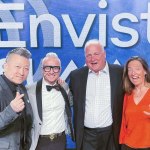In a groundbreaking progression within the realm of dentistry, researchers are presently immersed in a quest to elongate the resilience of dental materials, ultimately paving the way for economical gains for patients. Dr. Fernando Esteban Florez, Division Head of dental biomaterials and overseer of faculty enrichment at the University of Oklahoma College of Dentistry, conveys the transformative essence of this enterprise.
Termed as a revolution, this investigation centers on the formulation of more enduring dental biomaterials that possess the potential to significantly amplify the effectiveness of oral convalescence. Remarkably, this innovation holds the promise of mitigating the financial encumbrance linked to oral restoration substances and their substitution.
Dr. Florez underscores the important of this progress, estimating an astounding $5 billion marketplace for the replacement of ineffective implants.
This ambitious project is an integral component of an undertaking underwritten by the Department of Energy, boasting a cumulative budget exceeding $1 billion. Approximately $33.6 million of this allocation has been designated for a consortium of researchers engrossed in “Project Cupiid” (Complex, Unique, and Potent Imaging mechanism for Dynamics).
Dr. Florez, who guides the medical and dental applications division of the project, accentuates the multidisciplinary facet of their exploration. Through collaborations with chemists, physicists, engineers, bioengineers, and material scientists, their aspiration is to fabricate substances endowed with the resilience to withstand the rigorous conditions prevalent within the oral cavity. These compounds hold paramount significance for dental implants, fillings, and even pharmaceuticals, ensuring their optimal functionality within the human organism and their enduring longevity.
Presently, dental materials conventionally succumb within a span ranging from months to several years. Nevertheless, Dr. Florez harbors optimism concerning the potential for this inquiry to catalyze a metamorphosis. He foresees substantial dividends in terms of diminished manufacturing expenditures, diminished necessity for implants substitutions, truncated periods spent within dental clinics, and overall enhancements in oral well-being.
While the research remains a work in progress, Dr. Florez envisages that these pioneering dental materials could conceivably debut in the market within the ensuing biennium, signifying a momentous milestone in the realm of dentistry.



